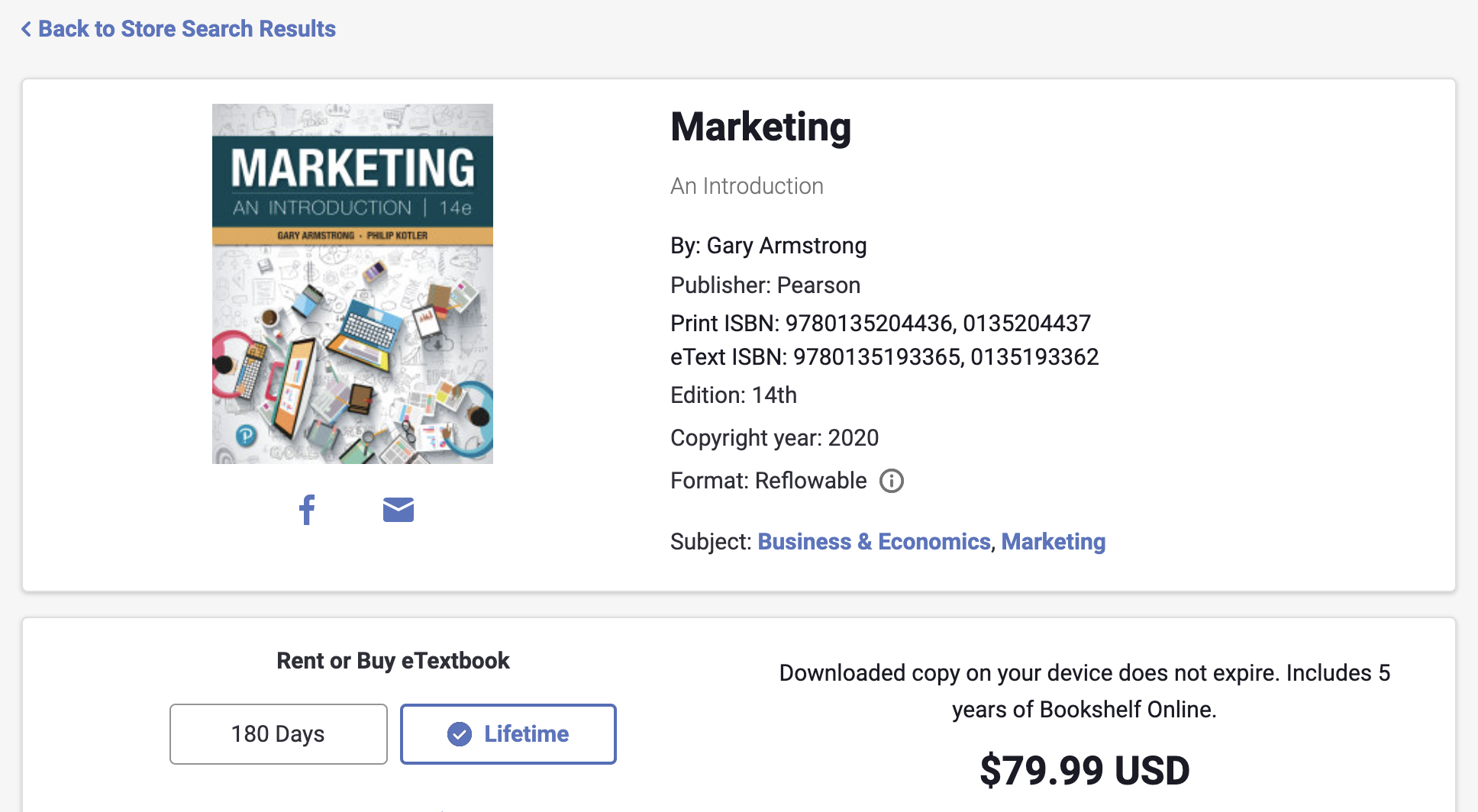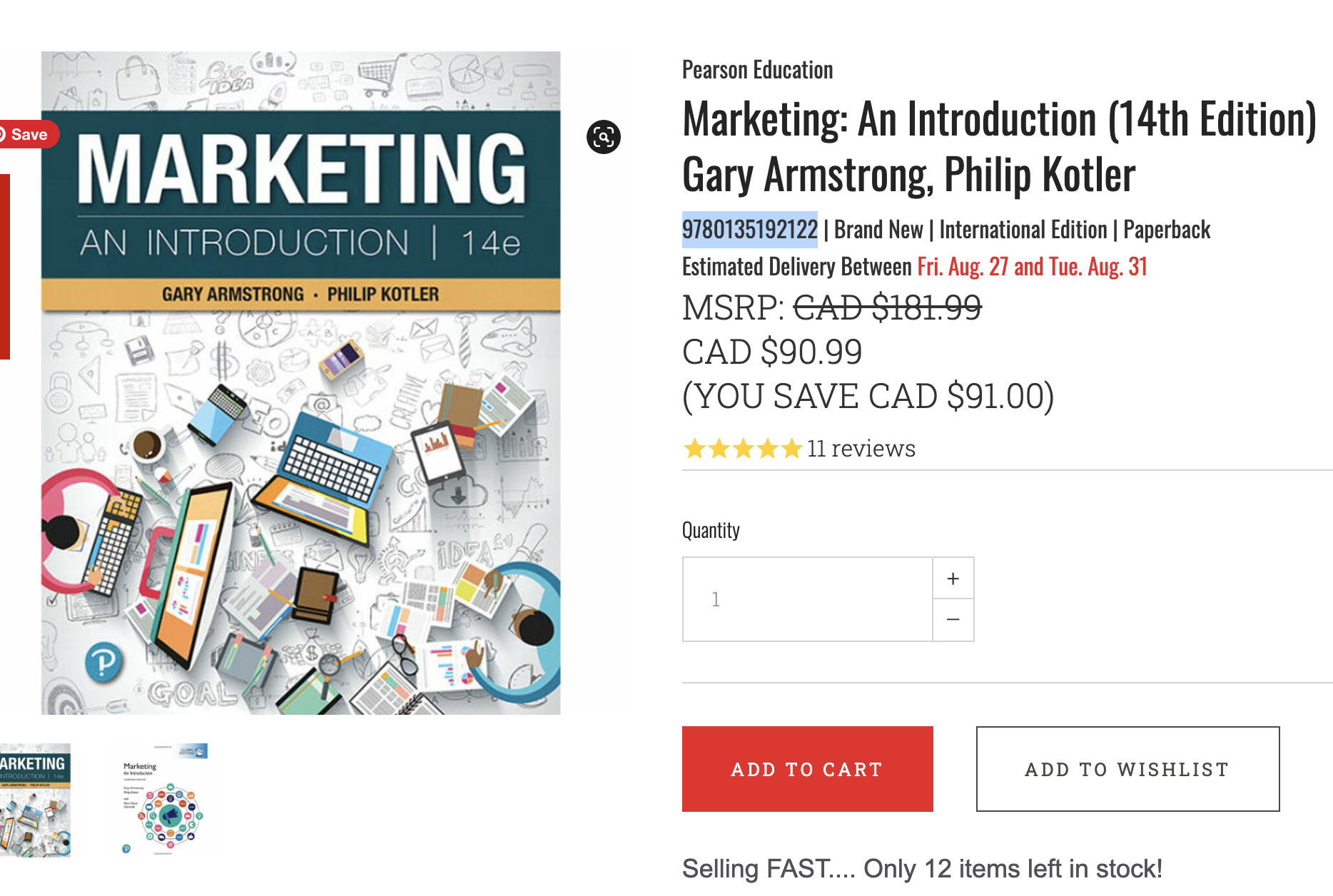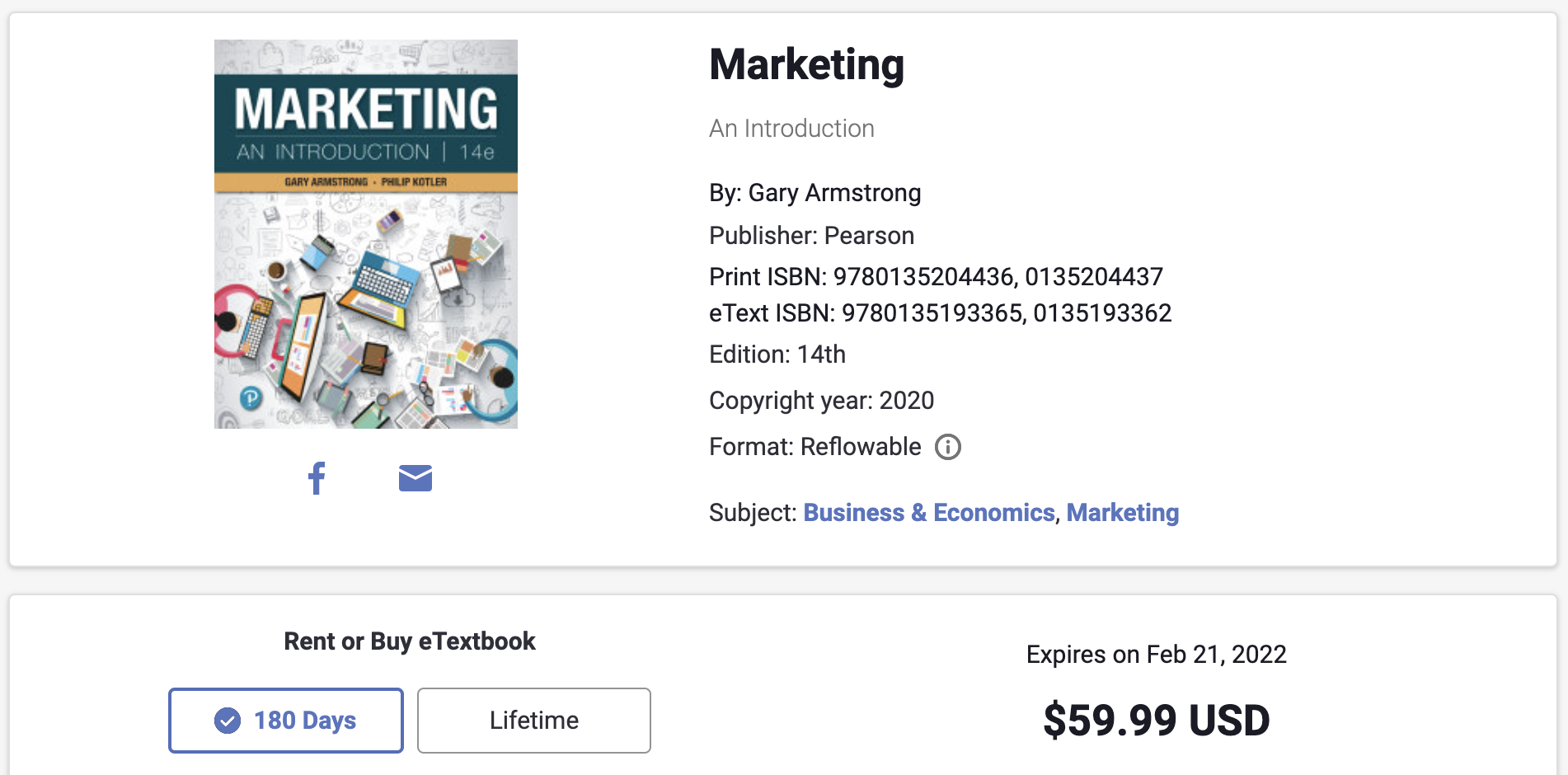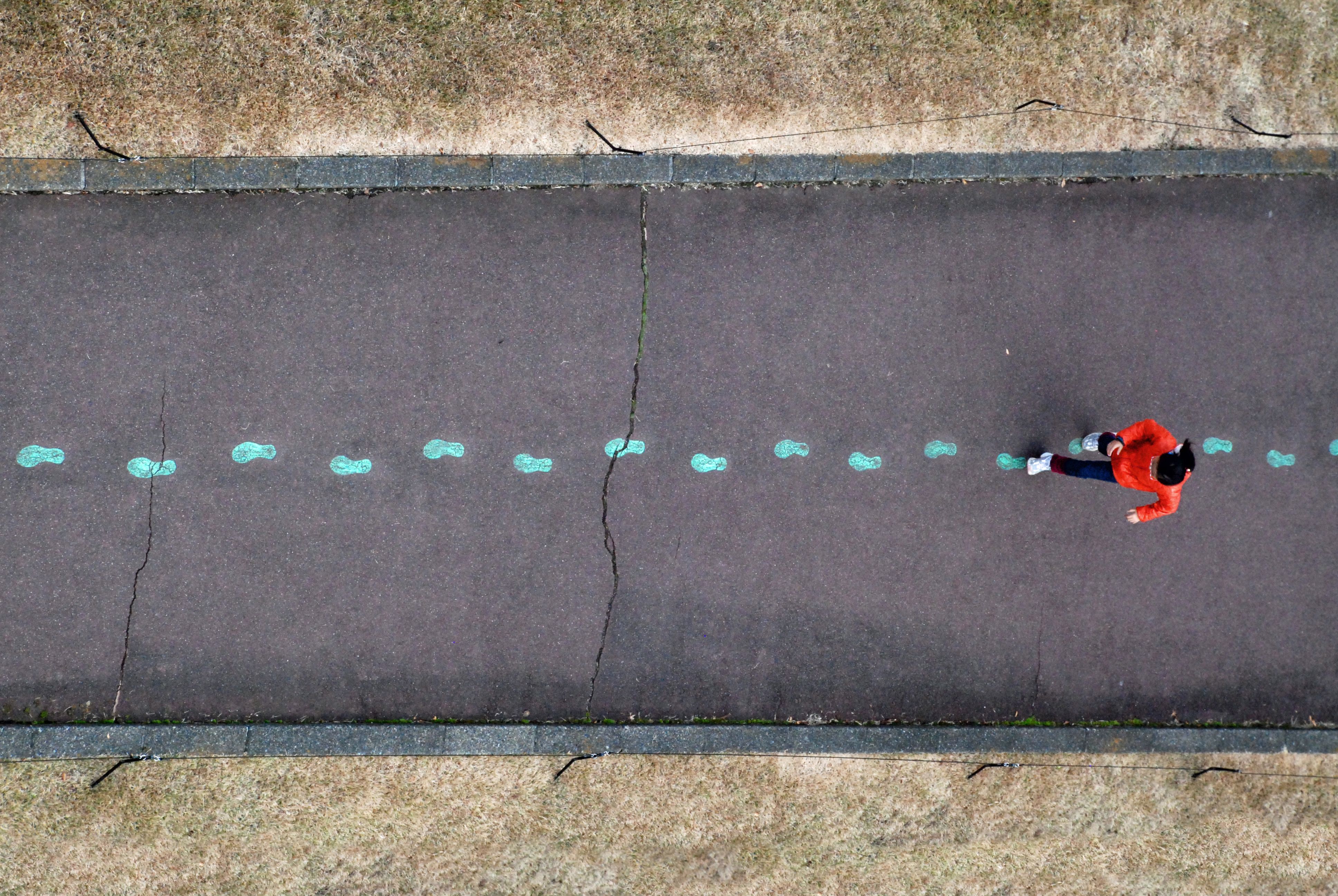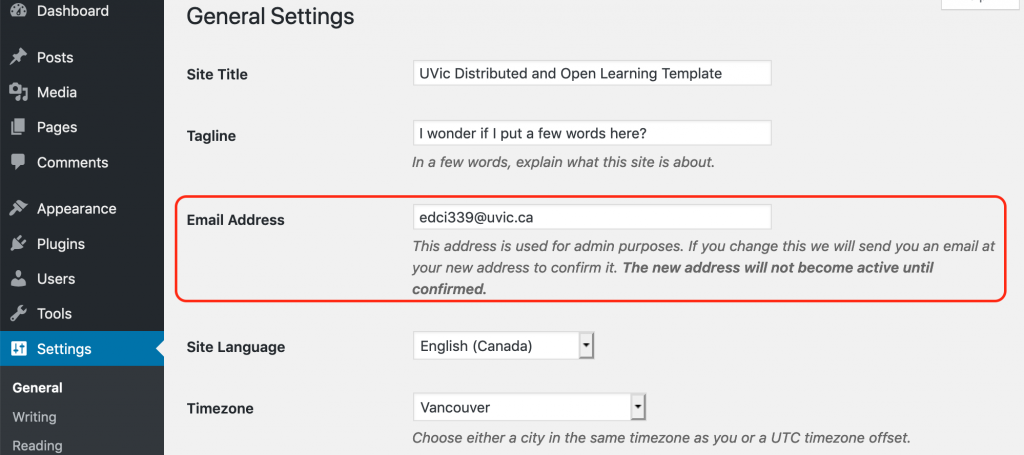Part 1: Evidence and Reflection on My Learning
Outcome 2
One of the course learning outcomes is to be able to explore and engage with current literature on the distributed and open education movement.
Through the course, I completed the readings by Major (2015) and Jordan and Weller (2017) on the history and context of distributed and open learning. After reading the two articles, I have completed a blog post (Topic 2 Blog Post) to reflect on the two readings. I realized that even though open education has started before the 70s, it has manifested in many different forms today.

Source: Jordan & Weller, 2017
This timeline clearly delineates the various movements within the context of distributed and open learning with different methods towards pedagogy.
In my Topic 2 Blog Post, I mentioned that one of the benefits of MOOC, a type of open learning as follows:
However, with open enrollment with the development of MOOCs, it is possible for students like myself to develop their interests in a field without having to worry about credits (Major, 2015). After the initial failure of not being able to register for computer science courses at UVic, I turned to Codecamedy instead. I feel that by making education more democratic, MOOCs allow more “openness, diversity, autonomy, and connectivity” (Major, 2015, p. 80). (Topic 2 Blog Post)
I stemmed from my own experience when talking about such benefits. My own experience has also been utilized in designing the persona for my pod’s Digital Equity & Perspective Project, in which I talked about Lu, who is an economics major wanting to pursue a career in the field of computer science.
Lu’s current goal is to graduate with a reasonable academic score. He also wishes to gain enough professional skills in programming for him to secure a job in game design and coding as soon as he graduates. It is impossible for him to change his major at this point since he is graduating soon. Therefore, he would like to find alternative ways of obtaining certifications for his programming skills and use those certificates for finding a job. At the same time, he wishes to improve his English skills without having to take additional ESL courses at UVic, which will eat into his credits and make it difficult for him to graduate in time without having to overload every semester. (Pod 3 Persona)
It would be quite impossible for everyone to be able to discover his or her own passion even before applying for college. Sometimes, people like me and Lu would need to go through a process of discovery and experimentation, which may be too expensive considering the tuition fee we have to pay for college. Therefore, open learning becomes a very useful tool.
At the same time, Lu also needs to combat the problem of being stranded in China due to COVID-19. This is when distributed learning, where the learning process is decentralized and made more accessible across distance, can be really helpful.
By completing the blog post and the pod project, I have been able to better explore the potentials of distributed and open learning through engaging with current literature. I was also able to draw from my own experience in finding out the scenarios in which such learning methods would be helpful for personal development.
The things I have learned matter to me because it is important to connect one’s own experience with current literature to understand the different variations of distributed and open learning to find the most suitable approach for oneself.
Outcome 3:
I have been able to critically reflect on and articulate concepts around modality, pedagogy, and access, including distributed and open learning theory, online and open learning history, privacy laws, online learning communities, open research, and open data.
Other than realizing the benefits of distributed and open learning, I have also been able to realize challenges it faces currently through the reading by Mays (2017).
We have many open textbook websites as well as articles for open access. However, it is not enough. The UN states that “higher education shall be equally accessible to all,” (as cited in Mays, 2017) but the truth is that even with writing a research paper there is so much discrimination against students who do not rely on academic/peer-reviewed articles only accessible through their schools. Many instructors also do not rely on open textbooks that are free and may be equally credible when selecting textbooks for their classes, despite the schools pushing for more open pedagogy. (Topic 3 Blog Post)
What I am addressing here is that even though we understand the benefits of distributed and open learning, distributed learning has only been widely used by all students during the pandemic, and open learning with the use of OERs still remains largely unacceptable in mainstream pedagogy. For a learner who lacks the exclusive resources available to prestigious institutions, he or she can only rely on free and openly accessible learning resources available online. However, society and the more elitist academia may still have a prejudice against such methods. We have a long way to go.
I also read about the idea of renewable assignments as a way to create a more sustainable educational experience.
Wiley and Hilton (2018) state that there are 5Rs to OER, retain, reuse, revise, remix, and redistribute. (Topic 4 Blog Post)
I looked at the example of my friend who is a film major and how she ensures that all her assignments across different classes have continuity and can be used as open learning examples for other filmmakers. She would post every video she has made on YouTube and Vimeo for access. However, I also feel that most of the assignment designs now do not truly facilitate renewable assignments.
But at the same time, I believe that there are other concerns about this utopian-like future we all look forward to. For example, my pod mate Alex has contended in his post that:
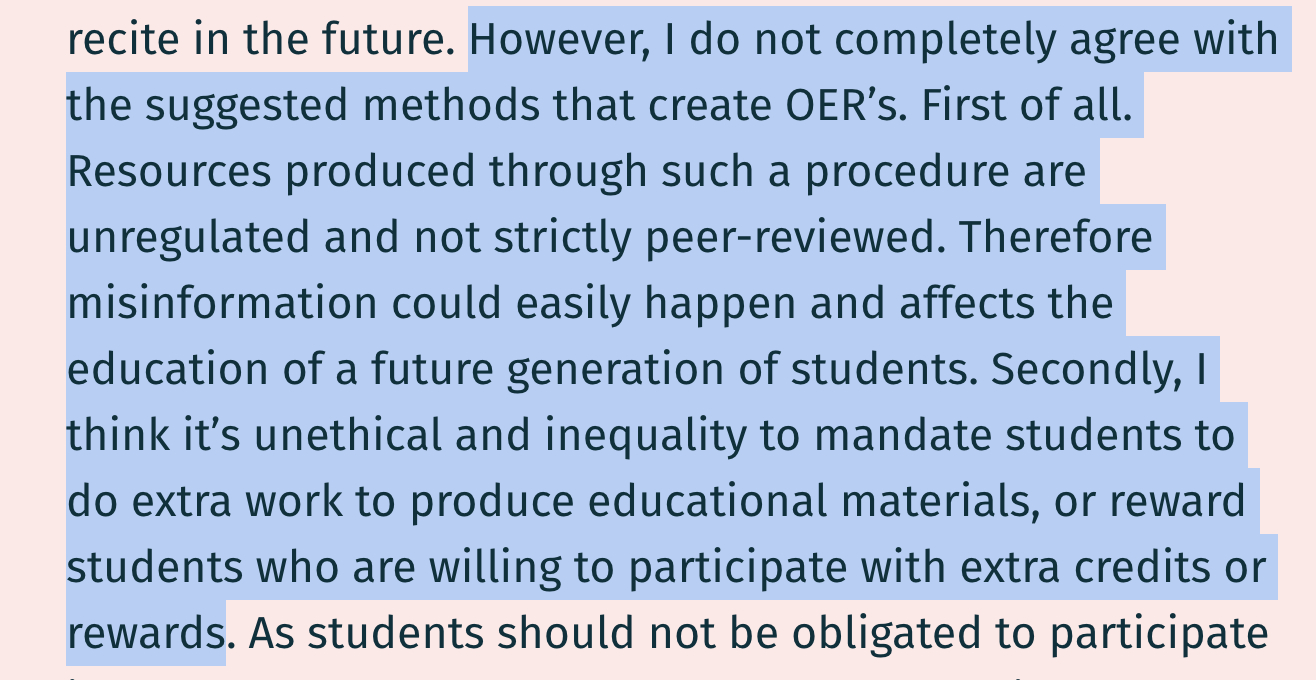
His two concerns are valid because even though some students’ work can be used as examples, not all students produce work of the same quality. Also, some courses that are less creative may require the understanding of concepts, rather than the challenging of existing facts. However, I still feel that the renewable assignments are not meant for students to design teaching materials, especially when they are not truly taking a course in teaching. These renewable assignments can be as simple as reflections on learning and learning methods. For example, we can have a physics class where the professor asks students to find an analogy for explaining certain concepts. Such analogies can be incorporated into future teaching to assist students in better understanding the given concepts.
From completing these activities and reflecting critically, I learned that there have been many methods around open pedagogy, but none of the methods can be considered perfect. However, it is through experimentation and through adhering strictly to privacy laws that we can innovate.
The things I learned matter to me because I hope to see a future where institutions and society as a whole do not discriminate against people from an open learning background. It is about meritocracy and the democracy of education, rather than letting the resources remain in the hands of the elitist few.
Outcome 5:
I have been able to conduct research into and critically reflect upon emerging and future educational technologies
When reflecting on the privacy issues pertaining to open pedagogy, I also contended that:
Big data allows for personalized content to be shared with students. But most importantly, for the big data algorithms to work, students would need to share their information, which can be potentially misused, in return. I feel that while we consider the benefits of technology, we should also consider if technology should be optimized to minimize concerns about such ethical issues. I even noticed how when I click on the link of the article, the website asks me to accept cookies before accessing the article. Most people may not realize that this is a form of private information collection. I can potentially customize what kind of cookies I want to accept, but most people are not tech-savvy to understand the implications. Therefore, I feel that we still have a long way to go in terms of cyber-security. It is not just a simple posting a question of “yes” or “no,” but teaching people the importance of understanding it and also reading the privacy agreements. (Topic 1 Blog Post)
This means that we are so used to the online learning environment that we sometimes forget about certain strengths of traditional, offline, and interpersonal modes of education. This means that we will need more data and information security in the future when education is increasingly altered by the online environment. We may need to borrow concepts from other existing technologies, such as Blockchain, which has been proven to govern information and privacy security during its application in the cryptocurrency industry. According to an article on Getting Smart (2020), blockchains, or distributed ledgers, will increase the accuracy and data privacy of academic records and certifications. It can also lower the costs of distribution of educational resources in the future.
From completing these activities and reflecting on these concepts, I learned that instead of being deterred by technology, it is more important to solve issues arising from technology using even newer and better technology. It is important to be a problem-solving rather than a problem-identifier or even a simple skeptic to allow for progress in the field.
The things I learned matter to me because I intend to go into the field of education in the future. I would love to be able to reassure my learners and their parents that technology is not fearsome, but can have great potential.
Part 2: “Showcase” Blog Post
The Updated version of Topic 3 Blog Post
The Original version of Topic 3 Blog Post
I have added three sections to my post to reflect the comments I have received from my pod members.
Addition 1:
I added the comparison of the prices of the paperback version and the electronic version of the same Marketing textbook most institutions use in their intro-level marketing courses. Such courses may have over one hundred students enrolled per school per course.
This is in response to the comment I have received from Valerie. She mentioned that the printing cost may have resulted in the impossibility of lowering book prices.
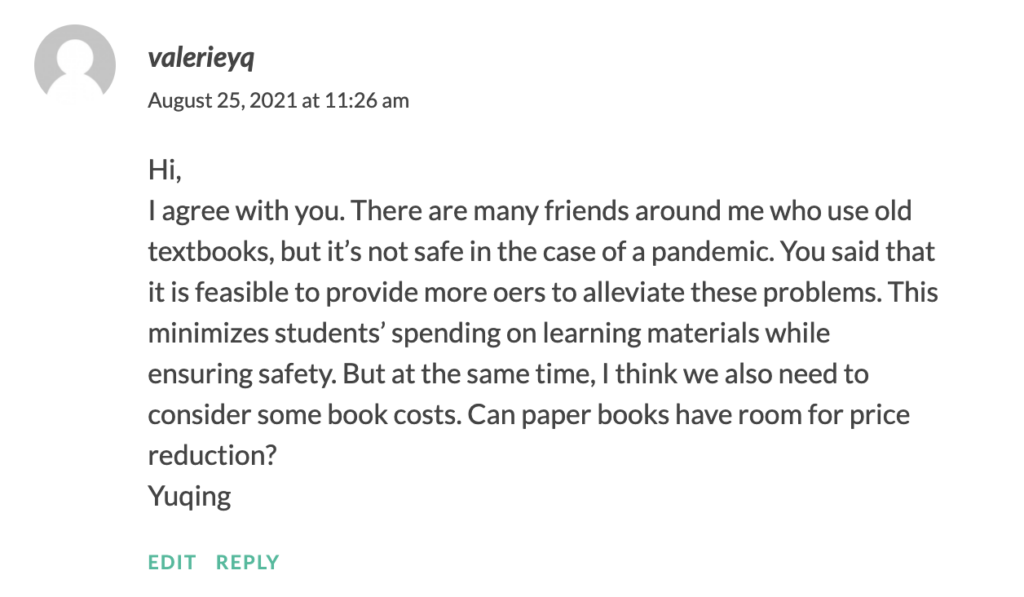 I used the example of the same book to show that even without printing costs, the prices are not changed significantly. Both the lifetime e-book and the paperback books have the same selling price. I think it may be due to the fact that there are no credited alternatives to these textbooks. They may have obtained a somewhat monopolistic position, which means that they have the freedom to price however they want. From an economic point of view, I argue that
I used the example of the same book to show that even without printing costs, the prices are not changed significantly. Both the lifetime e-book and the paperback books have the same selling price. I think it may be due to the fact that there are no credited alternatives to these textbooks. They may have obtained a somewhat monopolistic position, which means that they have the freedom to price however they want. From an economic point of view, I argue that
the writing and editing of a textbook are more like a one-time fixed costs. (Updated Topic 3 Blog Post)
If we take out the variable cost of printing, the electronic versions should have been way cheaper. However, this is not the case we see today. Therefore, I proposed that we should have the institutions pay for the electronic licensing of the books so that the books can be made freely available to students who have enrolled in the class via an access code.
Addition 2:
My second edition is made in response to Ziyu’s comment about the trouble of going to libraries all the time when writing an academic essay.
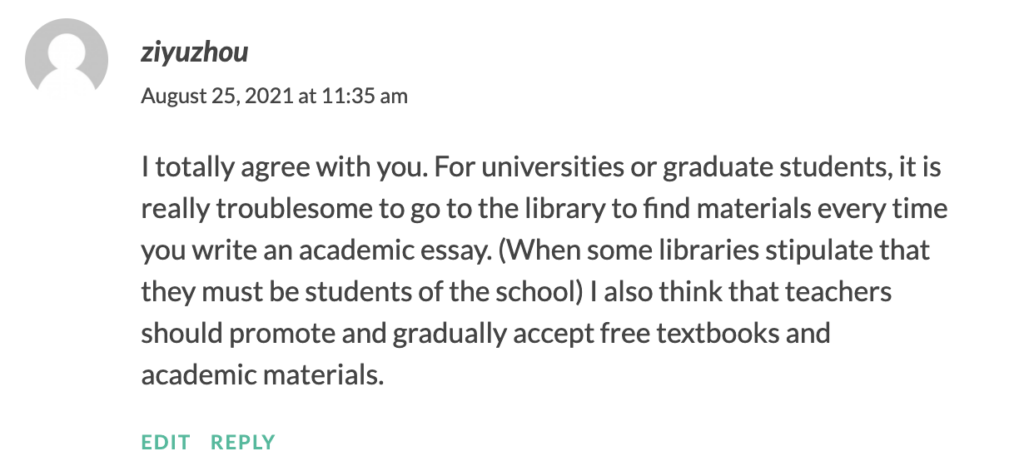
I completely share her sentiments, which is why I have proposed that maybe we should have open libraries for academic and peer-reviewed essays as well so that even students not registered with a university can use these materials for their learning. Having open textbooks is just one approach to open pedagogy. We need to ensure that the entire infrastructure, from libraries to the world of academia, supports open pedagogy.
Addition 3:
I inserted a new section on rental textbooks in response to Alex’s comment.
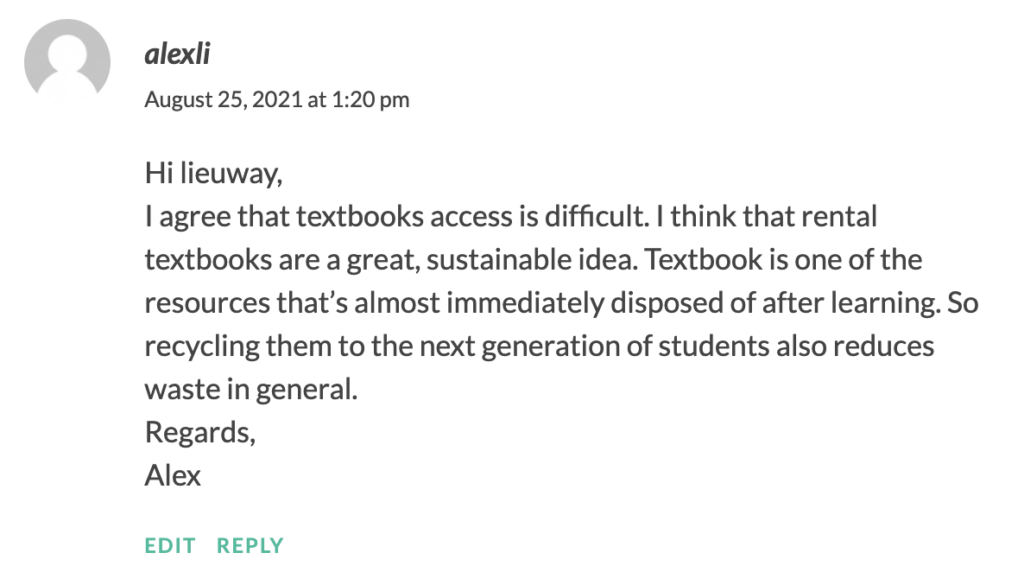
Even though I agree that rental textbooks may be a solution, I feel that the current prices of rental textbooks do not incentivize students to rent instead of purchase. Electronic rental textbooks are entirely recyclable and reusable. They also make it much easier and cost-efficient to roll out new editions because the publishers can simply edit upon the original version. There is also no overproduction resulting in wastage of paper and the need to increase prices to cover such potential wastage. At the same time, there is no real quota in terms of how many people can rent. The supply should have been unlimited. According to economics theories, if supplies are unlimited, the price should be close to zero. However, for the same marketing textbook, the rental price is only 25% cheaper than purchasing and owning the book for a lifetime. There is also the other problem of being disposable. When you rent a textbook, you only use it for the duration of the class. Once the class is over, you will return the book. No one would think of renting it again. I don’t think this is an economical way of learning at all.
